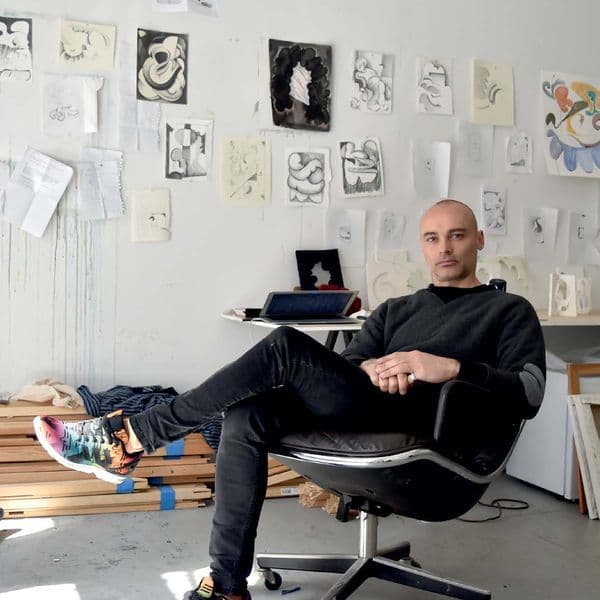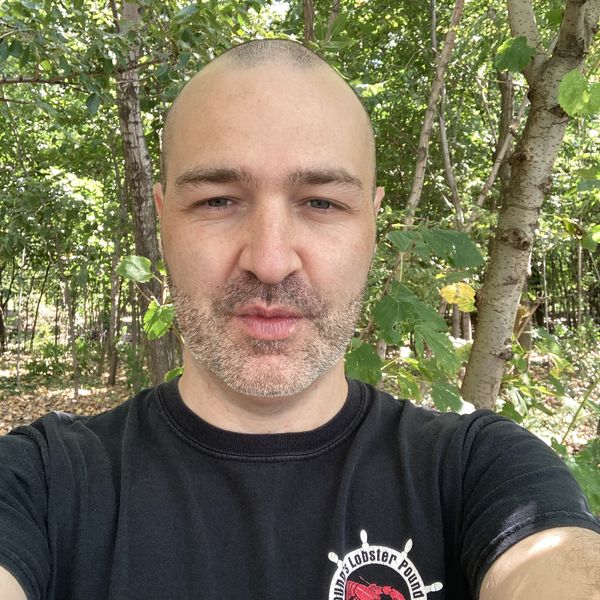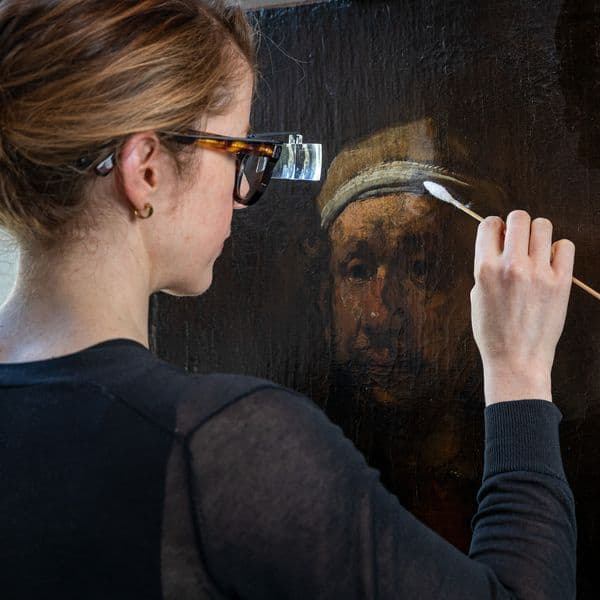Jessie English
2013 AUSART Fellow/Scholar
:rotate(270)///national-gallery-of-australia/media/dd/images/Jessie_English_Photo_by_Kate_Tucker.jpeg)
Jessie English at the Mendenhall Glacier, Juneau AK © the artist, Photographer: Kate Tucker
Australian-born, New York-based photographer and visual artist Jessie English uses the medium of photography to explore entropy, climate change and the nature of public and private memory. She has exhibited her photomedia and installation works in Sydney, Berlin, Malmo, New York, and London.
Jessie holds an undergraduate degree in Visual Arts from Sydney College of the Arts, and completed a Master of Fine Arts (MFA) at The New School / Parsons School of Design in New York in 2015.
What sort of art do you make?
My favorite medium is wet-process photography. These days I work primarily in landscape, subverting the form using techniques of multiple exposure and darkroom manipulations.
I also work in portraiture – I absolutely love to photograph people. I do a lot of commercial portraiture and beauty these days, but I am working on a book of portraits in my spare time.
In addition, I developed a strong practice in large format aluminum sculpture while doing my MFA at Parsons, but finding places to work in that medium in New York City can be challenging!
What kinds of subject matter and themes do you engage with?
Most of my more recent work is a sort of love letter to our disappearing planet. I know that sounds morbid, but there is beauty in entropy and it helps me to connect with my love of nature and my childhood in the bush.
I also think there is hope in creating images and sculpture about the possible futures the natural world faces as our impact on the planet becomes more and more pronounced.
If you had to nominate one work to date that encapsulates your approach, which one would it be?
I don't really have a single work, but in recent times I would say my two most solid bodies of work have been my monograph of portraits called “&” and published in 2017, and the body of work I began for a solo show in 2019 called Book of Hours. One deals with with the documenting of identities, and the other with landscape and entropy, so I guess that bookends my main obsessions!
Video walkthrough: https://vimeo.com/383538215
What mediums, techniques, tools and materials do you use?
I work across wet-process photography, digital photography, metal sculpture, neon lights, and video.
What was most inspiring about your time at Parsons?
The people. The international cohort that developed among the students was a once in a lifetime gift, with many remaining close friends and colleagues today. We learned so much from each other's practices and approaches. We still do. The professors were also incredibly special and inspiring, and have made an indelible impression on me and my work. I'm still friends with a few of those, also!
How did the AusArt Fellowship support your study and research endeavours while in the US?
I could not have taken up the offer to join the MFA program if I had not been awarded the AusArt Fellowship. Course fees are notoriously outrageous here in the US, and for a self-employed artist they are completely prohibitive. The Fellowship gave me an opportunity that I would have otherwise had to pass up.
'I could not have taken up the offer to join the MFA program if I had not been awarded the AusArt Fellowship. Course fees are notoriously outrageous here in the US, and for a self-employed artist they are completely prohibitive. The Fellowship gave me an opportunity that I would have otherwise had to pass up.'
What did you experience or have access to while studying in the US that you couldn’t have experienced or accessed in Australia?
I mean, it's NYC! If you want to go hang with your favorite John Chamberlain sculpture for 10 minutes at MOMA, you can do that between classes and meetings. If you have a martini in a bar on the Lower East Side, you will likely meet one of your icons and end up buying them drinks.
How did studying in the US help expand your professional network?
The relationships formed through my experience of studying for an MFA at Parsons is still benefiting both me and all my cohorts. I am a natural organiser, so early on I started curating group shows of work by my Parsons cohort at pop-up spaces around NYC. Then I started showing Australian artists such as Ian Strange, and the Parsons community came out to support these people too. So, actually, the experience has benefitted a much wider circle of Australian and NYC artists.
Additionally, the engagement of key members of the AFNGA and the American Australian Association at that time, and of Kathryn Deyell at the Australian Consulate-General, served to open up even more possibilities. There were exhibitions in the consulate’s Monash Room and support for what I was curating. All that happened because of this Fellowship. It created incredible energy around the Australian artist community and our wider NYC counterparts. Those relationships still exist today, and all of us are further along in our careers thanks to those experiences.
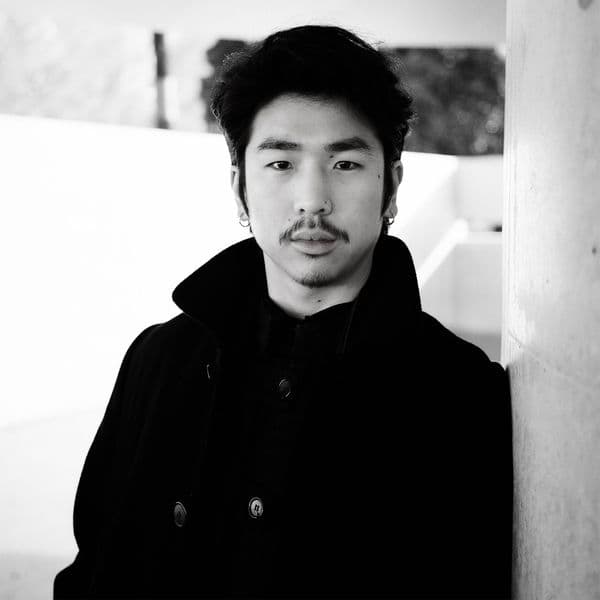
///national-gallery-of-australia/media/dd/images/Ihab_S_Balla.jpg)
///national-gallery-of-australia/media/dd/images/Pip_Mott_by_Jesse_Hunniford.jpg)
///national-gallery-of-australia/media/dd/images/Guy_Grabowsky_Portrait_by_Hugh_Davies.jpg)
///national-gallery-of-australia/media/dd/images/Kai_Waskikowski_by_Joe_Brennan.jpg)
///national-gallery-of-australia/media/dd/images/Nicholas_Smith_photo_by_Vivian_Nilan_tsKjo2j.jpg)
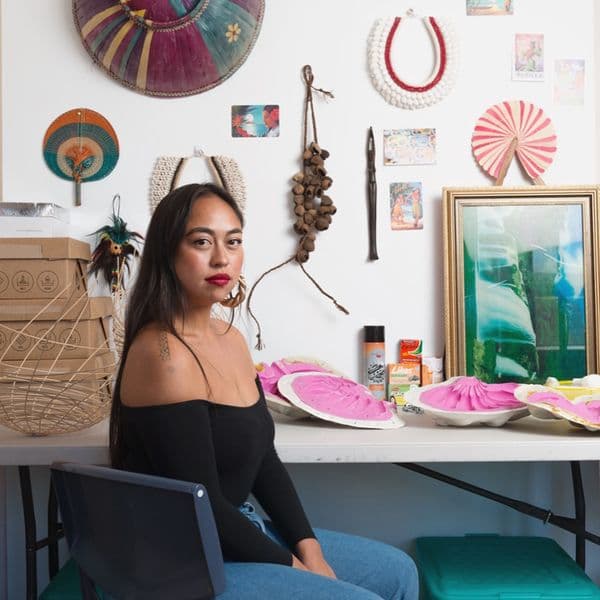
///national-gallery-of-australia/media/dd/images/Nicholas_Crogan.JPG)
